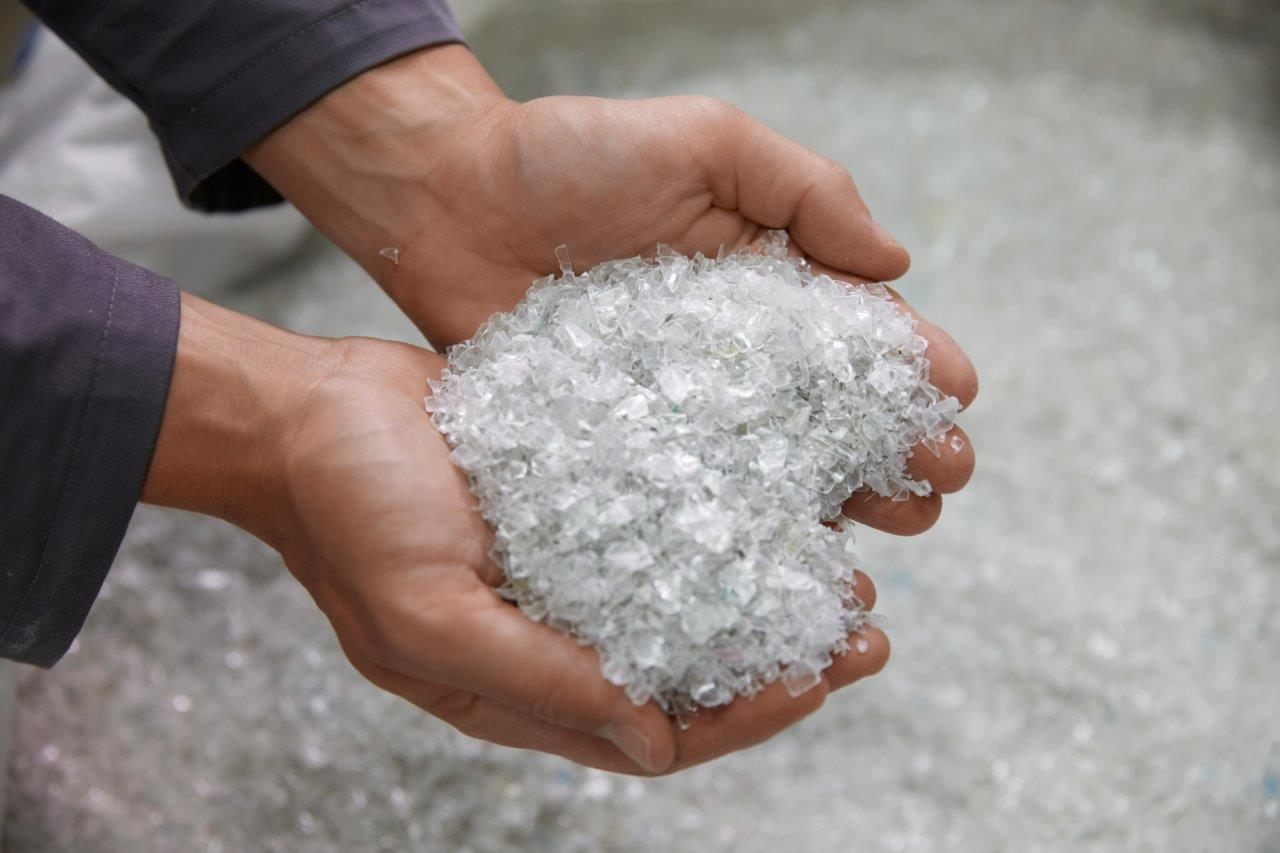
Recycling plastic is kind of this cool mystical topic – where plastic waste leaves our homes to one day appear as a new product. Most of us understand that to be recycled, plastic must be rinsed, sorted, and collected from our homes or businesses and then separated at a Material Recovery Facility (MRF) or Plastic Recovery Facility (PRF), which sorts plastic by type.
But what happens after that is a mystery to many.
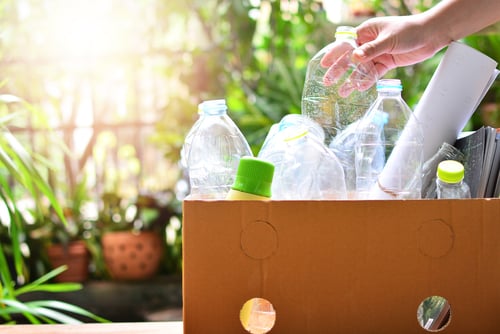 Types of Recycling
Types of Recycling
There are actually three different types of plastic recycling: mechanical, chemical, and energy. Each has its own unique pros and cons, and they are used in different circumstances as a result.
Here's a breakdown of the basic processes behind breaking down plastic waste, which we hope will make the topic of recycled materials a bit less mysterious for you.
Mechanical Recycling: The Workhorse of Waste Management
Of the three main types of recycling, mechanical recycling is the most common—and by far the most familiar to the public. Mechanical recycling focuses on the reprocessing and modification of plastic waste without altering the underlying polymer structure of the material. This well-established manufacturing process involves collecting, sorting, and processing of recyclables.
Collection and Sorting of Recyclables
While most of us are familiar with curbside recycling programs, not all plastics are suitable for them. Recycling codes are those numbers (1-7) you see within triangles on many plastic products, designed to promote informed consumer behavior and sorting accuracy.
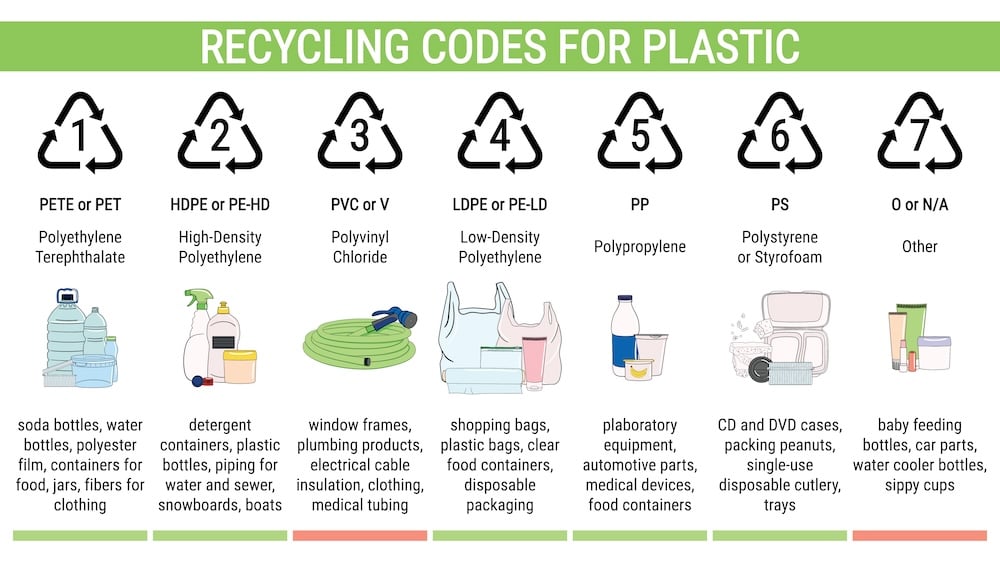 The recycling code No. 1 represents polyethylene terephthalate, commonly used for water bottles, soda bottles, and some food containers that can be picked up curbside. These, along with high-density polyethylene (No. 2), used in household cleaner bottles, are among the most easy-to-recycle plastics.
The recycling code No. 1 represents polyethylene terephthalate, commonly used for water bottles, soda bottles, and some food containers that can be picked up curbside. These, along with high-density polyethylene (No. 2), used in household cleaner bottles, are among the most easy-to-recycle plastics.
Other types of recyclable plastics present more challenges, which makes an understanding of recycling code numbers useful. For example, low-density polyethylene (No. 4), used for plastic grocery bags, film wrap and bubble wrap, are not generally accepted in curbside recycling due to processing challenges. But many grocery stores and recycling centers serve as drop-off centers for collecting recyclables of this type.
For other plastics, recyclability varies depending on the program. These include polyvinyl chloride (No. 3), used in children's toys and shampoo bottles; polypropylene (No. 5), used for bottle caps, straws, some food containers, and carpet fibers; and polystyrene (No. 6), used for take-out containers, packing materials like foam peanuts, and some disposable cups. Check locally to see if curbside collection or drop-off options are available for recyclable materials with these recycling codes.
Once collected, these materials are further sorted by type at specialized facilities using advanced technology and manual sorting to ensure optimal quality in the final recycled product.
Processing of Recyclables
The recycling process breaks down the plastic into smaller flakes and chips. These flakes are then washed to remove dirt, oil, food residue, packaging and labels. After washing, the plastic is sorted by polymer types. Once sorted, the flakes are melted and transformed into uniform pellets. These pellets can then be used in manufacturing processes to create recycled materials.
Mechanical recycling doesn't alter the plastic's molecular structure, allowing the pellets to be used in the same types of products they were originally. Ultimately, the quality of the plastic will decline after repeated recycling, however. That's one reason why the recycling industry is seeking to improve the mechanical recycling process—as well as exploring alternatives like chemical recycling.
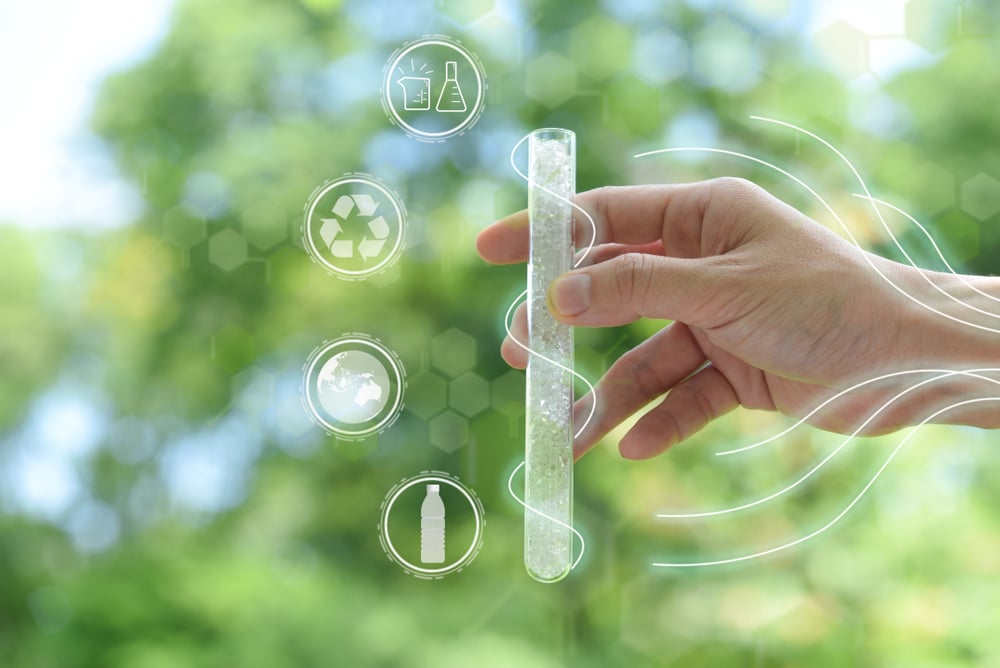
Chemical Recycling: Breaking Down Plastics to Build Anew
Chemical recycling offers a promising approach to tackling plastic waste challenges. Unlike mechanical recycling, which focuses on reprocessing recyclable plastic without altering its molecular structure, chemical recycling takes a more transformative approach—aiming to create entirely new plastics from broken down molecules.
Chemical recycling breaks down the complex polymer chains that make up plastics into their basic building blocks. The resulting product is a collection of smaller molecules referred to as chemical feedstocks. These serve as the foundation for creating entirely new materials. Through a series of chemical reactions, the recycled feedstocks can be transformed back into high-quality plastic resins similar in performance to virgin plastic derived from fossil fuels.
While this technology has enormous potential to help us preserve our natural resources, it's still developing and has its own set of challenges. Chemical recycling processes can be more complex and expensive to implement. There are also potential environmental concerns from water pollution to the energy consumption and potential emissions involved in some chemical recycling methods.
While it may not be the most cost-effective solution for all forms of recyclable plastic, it offers a valuable tool for processing complex plastic mixtures or low-quality plastic waste materials that are not suitable for mechanical recycling. As research in the plastics industry continues, chemical recycling has the potential to become a less expensive, more environmentally friendly waste management solution.
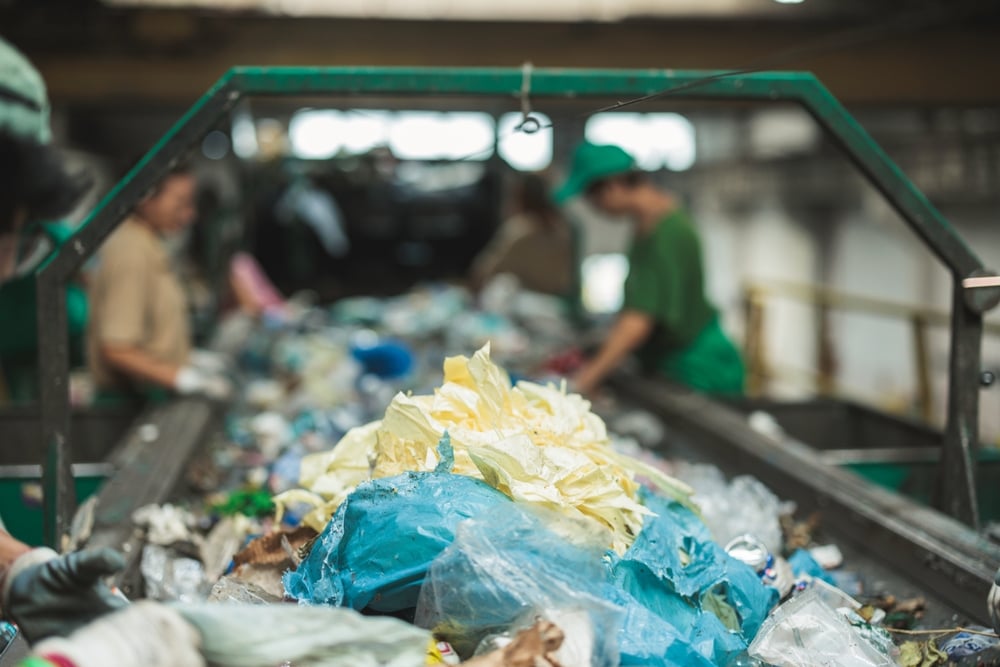 Energy Recycling: Recovering Energy from Plastic Waste
Energy Recycling: Recovering Energy from Plastic Waste
While mechanical and chemical types of recycling focus on transforming plastic waste back into usable materials, energy recycling takes a different approach. This method leverages the latent energy stored within plastic to release new, usable forms of energy, such as heat or electricity.
The process typically involves incinerating plastic waste in specialized boilers or industrial furnaces. During incineration, the recyclable material undergoes a controlled combustion process, releasing the stored chemical energy as heat. This heat can then be harnessed and reused for various purposes, including electricity generation and industrial processes.
Energy recycling offers a way to divert plastic waste from landfills and recover enough energy to be used to power homes and industries. It's especially useful in areas with limited landfill capacity. However, it's important to note its potential drawbacks—namely that it requires significant upfront investment in specialized incineration facilities, and that the emissions from these incinerators can be an environmental concern as well.
As technology advancements lead to cleaner and more efficient incineration processes to create energy savings, the role of energy recycling may grow significantly in the future.
Choosing the Greenest Path
Maximizing plastic's potential and minimizing its environmental impact are key factors when choosing a recycling process to reduce waste. The circular economy concept emphasizes keeping materials in a closed loop, using them repeatedly for new products. Let's see how mechanical, chemical, and energy recycling align with this ideal.
Mechanical recycling stands out for its close alignment with circular economy principles. It reprocesses plastic waste without altering its molecular structure. Washed and sorted plastic flakes are melted into pellets for new products. This reduces reliance on virgin plastic and diverts waste from landfills. However, the quality degrades slightly with each reprocessing cycle.
Chemical recycling offers promise for complex waste streams or low-quality materials. It breaks down plastic into its basic building blocks, allowing creation of entirely new plastic materials. This bypasses the quality limitations of mechanical recycling. However, it's a developing technology with complexities and potential environmental concerns.
Like chemical recycling, energy recycling has enormous potential, but presents significant cost and environmental challenges—and is the least adherent to circular economy principles.
 So, What's the Way Forward?
So, What's the Way Forward?
Americans today are showing higher levels of awareness and commitment to sustainability, as ALPLA's 2024 Sustainability and Convenience in Packaging Survey shows. So, what's the way forward for consumers who want to more sustainable future through recycling?
As we've learned in this article, all types of recycling are not created equal. Momentum is growing for the recycling industry to expand the mechanical recycling infrastructure here in the U.S. to lower greenhouse gas emissions and for its other benefits in reducing waste. As more legislation is passed to ensure that producers provide the funds to develop our recycling programs, more people will be able to recycle and divert waste from our landfills and improve the environment.
Having different methods of recycling means that we have different tools for different tasks and new options to explore for the future.
